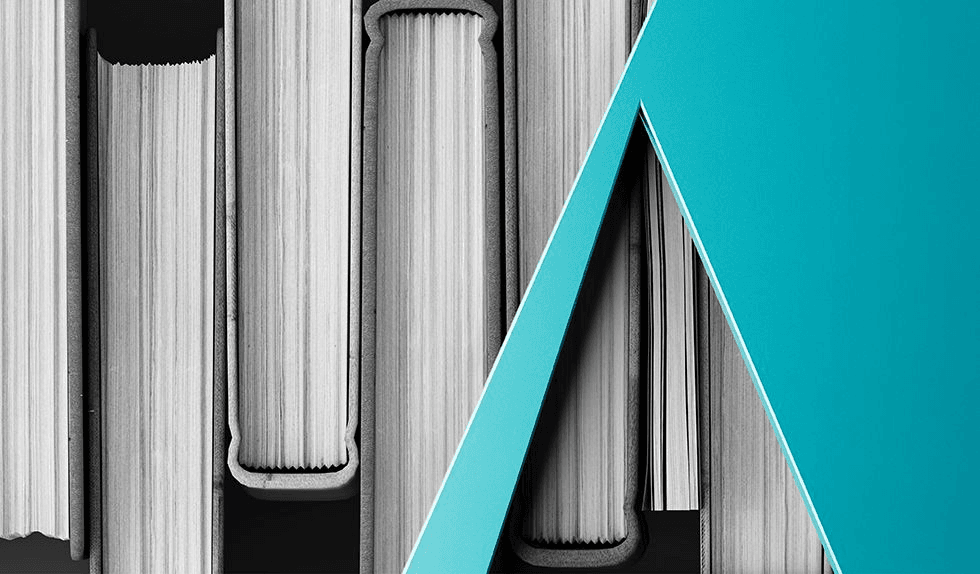In a press release, the Biden-Harris administration cited rising cost of college tuition and burden of student loan debt on the middle class as reasons to provide student debt relief. Furthermore, the administration called on the Department of Education to hold institutions responsible for the student debt crisis accountable through additional oversight.
In an effort to ease the transition back to repayment, the Department of Education will provide loan forgiveness up to $20,000 for Pell grant recipients and up to $10,000 for non-Pell grant recipients with student loans held by the Department of Education. To be eligible for the debt relief, a borrower’s annual income must be below $125,000 for individuals or $250,000 for married couples or heads of household. In order to secure federal student loan forgiveness, the Department of Education requires income information. A short application will be available prior to the end of the payment pause on December 31, 2022.
Student loan payments have been on pause since the onset of the COVID-19 pandemic, with payments due to resume on August 31, 2022. However, with the recent announcement, the student loan repayment pause will continue through December 31, 2022, and payments will resume in January 2023. The administration has said that this will be the final payment pause.
Additionally, temporary changes to the Public Service Loan Forgiveness (PSLF) program eligibility criteria mean that borrowers employed full-time by nonprofits, the military or federal, state, Tribal or local government for at least 10 years may be eligible to have all of their student loans forgiven after 120 payments. These temporary changes end on October 31, 2022. Borrowers can check their eligibility and sign up at PSLF.gov.
The administration also proposed a rule to create a new income-driven repayment plan to reduce monthly payments for low-income borrowers. The rule would cap monthly payments for undergraduate loans at 5 percent of a borrower’s discretionary income monthly and forgive loan balances after 10 years of payments for borrowers with loan balances of $12,000 or less. Under this rule, the federal government would cover a borrower’s unpaid monthly interest, preventing loan balances from growing due to interest as long as the borrower is making their monthly payments.
While many Democratic lawmakers and activists have applauded President Biden’s move to cancel student loan debt as a necessary move to level the playing field, Republicans have attacked the move as inflationary and unfair.
For more information or to find forms and applications, please visit Studentaid.gov/DebtRelief.




